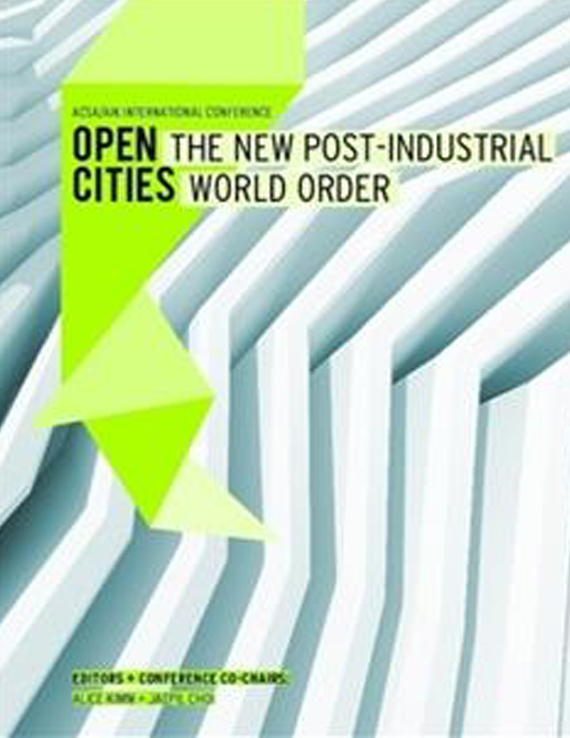Author(s): Alan Ricks, David Saladik, Jonathan Grinham, Michael Murphy & Nathan King
Nearly four years after the devastating 2010 earthquake Port-au-Prince remainsvulnerable to disease and a re-cent Cholera outbreak, has killed over 7,600 people.In the developed world, advanced design technologies have led to new territoriesin design exploration and enhanced architectural potential. In the developingworld, however, the opportunity for computational design and fabricationto improve the built environment and build requisite social capacity is not fullyunderstood. In developed economies, the integration of digital design-to-roboticfabrication workflows provides unprecedented opportunities to increase buildingperformance and ex-pand design potential. In these scenarios, increased laborcosts often support the demand for automation and, even through digital mechanisms;highly individualized building components are often not feasible. The samecomputational strategies are potentially viable in the developing economieswhere the demand for high perform-ance buildings, and specifically healthcareinfrastructure is great. This research explores the feasibility of tech-nology transferof computational design and automation strategies between developed anddeveloping econo-mies through the translation of an integrated digital design-toroboticfabrication workflow to a field-appropriate digital design–to-programmedcraft-based fabrication process of a performance-optimized façade system containing8000 individualized apertures in Port-au Prince Haiti. Programmatic considerationswere used to identify localized lighting and privacy needs to driveaperture differentiation and a custom folding strategy was devel-oped to enablelocalized customization. Working in collaboration with local metal craftspeople anautomated robotic-fabrication workflow was translated to an in-situ craft-basedprocess and a universally legible alphanu-meric –color codification system wasproduced and automated within the computational workflow. By ap-proachingcomputational design and automated construction/manufacturing techniquesthrough the lens of craft-based fabrication an opportunity is presented to bothincrease building performance and safety while also invest-ing in sustainable localcapacity by embracing locally available skills and materials.
Volume Editors
Alice Kimm & Jaepil Choi
ISBN
978-0-935502-91-6

 Study Architecture
Study Architecture  ProPEL
ProPEL 
